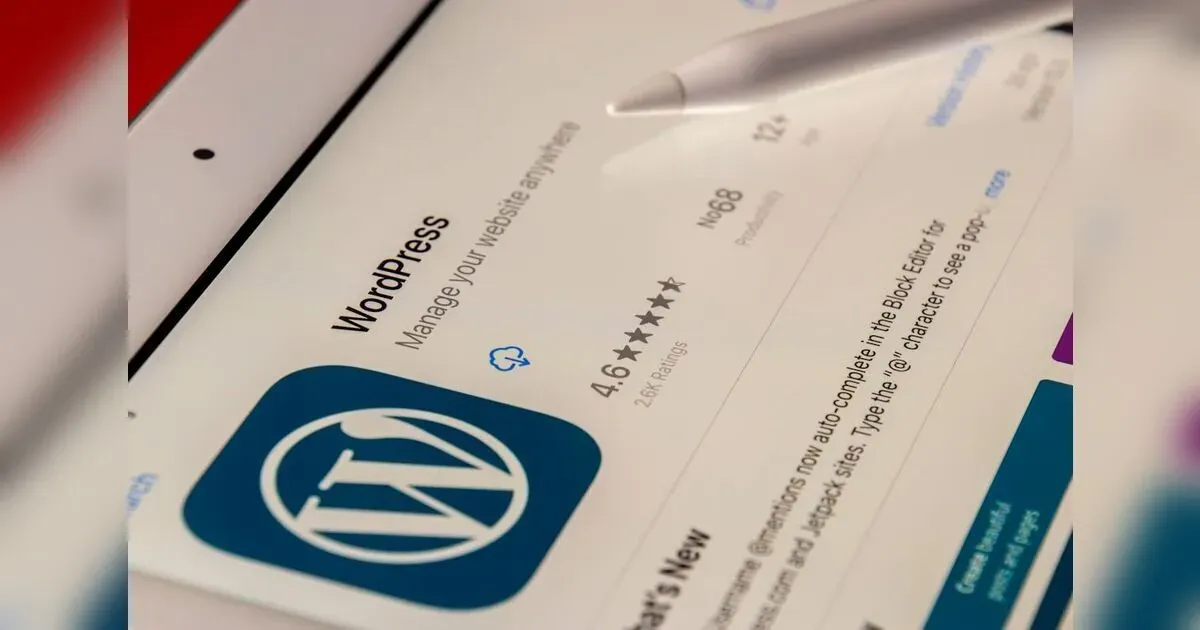In our fast-paced world, the pressure to constantly say "yes" can be immense. We juggle work demands, social obligations, and personal aspirations, often feeling the need to accommodate everyone's requests. But the truth is, the power of a well-placed "no" is often underestimated.
This article delves beyond the ubiquitous "maybe later" to explore the art of saying no with confidence and grace. We'll explore why mastering this skill is crucial, unpack the anxieties associated with it, and equip you with practical strategies for declining requests assertively without feeling the need to apologize.
Why Saying No is Essential
- Prioritize Your Well-being:
Constant "yeses" lead to burnout and overwhelm. Saying no allows you to safeguard your time and energy for what truly matters, whether it's pursuing your passions, spending quality time with loved ones, or simply taking time for self-care.
- Set Healthy Boundaries:
A clear "no" establishes boundaries that protect your emotional and mental space. It communicates your limits and expectations to others, fostering healthier interactions.
- Boost Confidence and Respect:
When you can confidently decline requests that don't align with your priorities, it projects self-respect and assertiveness. Others begin to recognize and value your time and limitations.
- Improve Efficiency and Productivity:
Spilling your schedule thin with commitments you'd rather avoid can impact your efficiency. Saying no allows you to focus on tasks that truly align with your goals and deadlines, leading to better results.
Why Do We Struggle to Say No?
While the benefits are clear, saying no can feel daunting. Here are some reasons why we struggle with it:
- Fear of Disappointing Others:
We often worry about hurting someone's feelings or being perceived as unhelpful.
- People-Pleasing Tendencies:
Some individuals are wired to prioritize the happiness of others over their own needs.
- Guilt and Obligation:
We may feel obligated to say yes, especially to family, friends, or colleagues.
- Lack of Confidence:
Uncertainty about our own needs and priorities can make it difficult to decline requests.
Strategies for Saying No Gracefully
Saying no doesn't have to be harsh or apologetic. Here are some strategies to do it effectively:
- Be Direct and Clear:
A simple "no, thank you" is often the most effective approach. Avoid wishy-washy phrases like "maybe later" or "I'll try."
- Offer a Brief Explanation (Optional):
If you feel comfortable, a brief explanation can provide context without over-sharing. You can say, "I'm swamped with deadlines right now" or "This doesn't align with my current priorities."
- Suggest an Alternative:
If someone asks for your time or help on a specific task, consider suggesting an alternative solution, such as "I can't take on this project, but I can recommend someone who might be a good fit."
- Express Gratitude:
Acknowledge the request and show appreciation. Say, "Thank you for thinking of me, but…"
- Set Boundaries with Empathy:
You can combine a "no" with empathy. "I understand this is important, but unfortunately, I can't dedicate the time it deserves right now."
Practice Makes Perfect
Saying no confidently takes practice. Here are some tips to overcome the initial awkwardness:
- Start Small:
Begin by saying no to small requests to build your confidence. Gradually, you'll be more comfortable declining larger ones.
- Role-Play Scenarios:
Practice saying no with a friend or family member.
- Visualize Success:
Imagine yourself confidently declining requests and feel empowered by it.
- Acknowledge Your Feelings:
Recognize the discomfort you might feel initially, but don't let it deter you from saying no.
- Be Kind to Yourself:
Remember, it's okay to prioritize your needs. Don't beat yourself up if you stumble initially.
Saying No Without Burning Bridges
Saying no doesn't have to damage relationships. Here are some tips to maintain connections:
- Maintain a Positive Tone:
Keep your body language open and friendly while delivering your "no."
- Offer Support:
Even when declining, you can offer alternative solutions or suggest someone who might be able to help.
- Focus on the Future:
End with a positive note, suggesting future collaboration or maintaining contact.
- Follow Through:
If you offer an alternative solution or timeframe, make sure to follow through on it to maintain trust.
Remember, mastering the art of saying no is not about being selfish. It's about being self-aware and prioritizing what matters most to you, ultimately leading to a more balanced and fulfilling life. So, the next time a request comes your way, take a deep breath, assess if it aligns with your priorities, and don't be afraid to say "no, thank you." You might be surprised at how liberating it feels.
Remember, mastering the art of saying no is not about being selfish. It's about being self-aware and prioritizing what matters most to you, ultimately leading to a more balanced and fulfilling life. So, the next time a request comes your way, take a deep breath, assess if it aligns with your priorities, and don't be afraid to say "no, thank you." You might be surprised at how liberating it feels.

























